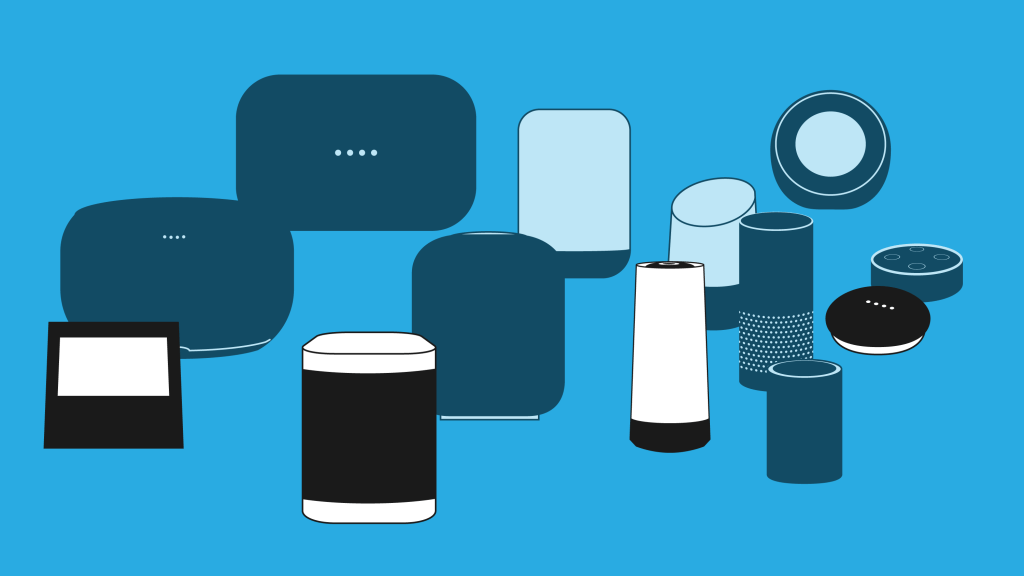Mobile programmers have the ability to build software that provides deep layers of penetration to the end user through sophisticated targeted notifications. Consumers with their chosen apps, have hundreds of notifications turned on and thus are brought back to their phones at an alarming frequency.
A recent study shows that many people consult their phone as much as 150 times a day. Everyone is screaming to the consumer and doing whatever they can to get their attention while not considering the long term ramifications of such excessive stimuli.
With the onslaught of sounds and vibrations, consumers are being trained that immediate action is required. With brain receptors being washed in notification happiness, we check back and thus like other addictions, ‘neurons that fire together, wire together’ and the happiness loop is formed.
The smartphone is increasingly accessible to everyone and culturally it is widely accepted as the standard mode of communication. This makes ‘moderation’ close to impossible.
As the younger generations see their parents, older siblings and friends using their phones, it further cements the idea about our new normal. Similarly, as silicon valley widely encourages and promotes ‘snack engagement’ type software, as the preferred fundable option, we have billions of dollars behind ideas that are fundamentally disconnecting the most ‘connected’ generation.
Countless studies have been done and continue to connect the dots between phone usage, happiness, satisfaction, anxiety and depression.
ScienceDirect recently published findings correlating WMD’s (wireless mobile devices) time and anxiety, specifically for the millennials. The study examined dependency of college students to their phones in a very clever way. While not terribly surprising, it validated students who were heavy phone users, showed much higher rates of anxiety when their phones were taken away for short periods of time: 10-20 minutes.
While it’s still early, neuroscientists are beginning to see similar brain behavior from device addicted brains, reported by MRI scans as they do with other more traditional drug related addictions. A recent study lead by North Korea in Seoul, found strong correlations between GABA reduction in young men who were identified as ‘addicted to their phones’, compared with another sample set of young men who reported no issues with leaving their phones for long periods of time (1 hour or more). For those, GABA levels were within normal ranges.
More work is required but, correlations between gray matter density in the brain, specifically in the anterior cingulate cortex is smaller with high phone usage according to the study.
Furthermore, the area that controls the ‘fight and flight’ part of the brain, the amygdala, is reporting to be enlarged with continued, excessive use. It’s the alert part of the brain. It’s great for keeping you alive when you’re being chased by a tiger but as the amygdala stays active it grows and strengthens. Issues with insomnia, depression, stress and anxiety are well correlated to an overly active amygdala. And phones, specifically apps, hit that region spot on with excessive use.
As we grow as a culture, especially for newer generations, we need to start asking important questions: ‘how as a species do we begin the education process of device addiction?’ And more importantly, ‘how do we begin taking back control?’
Small, organic ‘unplugged’ movements are starting to take shape. There are events being created as a time for people to get together, hand over their connected devices, including watches, and communicate in the physical world. Topics surrounding getting unplugged, exploring nature and sometimes even thinking about ways to improve our experience with our connected devices.
Tristan Harris is championing these unplugged events with a mission to share knowledge on a better way to build software. He has created a handbook with guidelines outlining mindful design as it relates to software development. It is a non sugary, non cheap alternative. It is not designed to hijack your brain with endless scrolling which results in quick highs like those provided by Snap and Twitter.
While the big companies, Facebook, Apple, Twitter and Google remain vigilant toward advertising opportunities and thus are slow or reluctant to adopt more ‘thoughtful software experiences’, smaller startups are starting to take notice.
Offtime, Moment and Space are providing services that stop, track and examine your usage. While a worthy development, the code to crack for these early systems will be to educate users in a way that doesn’t make them feel bad about their usage and subsequently delete the app. The long term solution is likely an integrated approach – blending hardware and software, something that really hasn’t been done yet.
With an integrated hardware and software approach, we need to start by defining our own self management strategies (or even recognize that we need one). But there is a much larger opportunity in reimagining the home as a starting point for parents, their children and the education process of device addiction.
In recent years, the home has become a huge business opportunity. Between Apple, Google and Amazon working on amazing language systems and startups trying to connect everything from your lights to your furnace, much of the home has become connected (albeit still a bit early and moderately fragmented).
 An area that is still fairly untapped and very much still in its infancy is a fully integrated family management device hub. There is opportunity to create a space where parents can manage their children’s device use and content and create an allowance based system (should they decide) based on good behavior.
An area that is still fairly untapped and very much still in its infancy is a fully integrated family management device hub. There is opportunity to create a space where parents can manage their children’s device use and content and create an allowance based system (should they decide) based on good behavior.
A new brand focused on the development and introduction of technology in children stands to reimagine not just the router but to engage with children across all devices and ages with thoughtful software that’s well designed and encourages healthy behavior.
This would enable parents partial or complete control over how much time is being spent on the internet as well as creating a transparency and education process between the parents, children and their devices. Parents would be able to control and answer what normal is and begin the education process in the household that the children would carry out into the larger world.
As for adults who are struggling today, consider going to Meetup.com and finding an unplugged event near you. Furthermore, consider downloading one of the apps from this article that helps you manage how you’re using your phone.
Lastly, think about moving apps that do one task that aren’t social, like Google Maps, Uber or Seamless onto your homepage and put social, and distraction-related apps further into your phone and potentially into a folder. The extra work of digging for apps will slow you down and may just remind you to take a breath instead of a swipe.
Ben Schippers
http://feedproxy.google.com/~r/techcrunch/facebook/~3/b_y7tl7pTfk/
Source link


